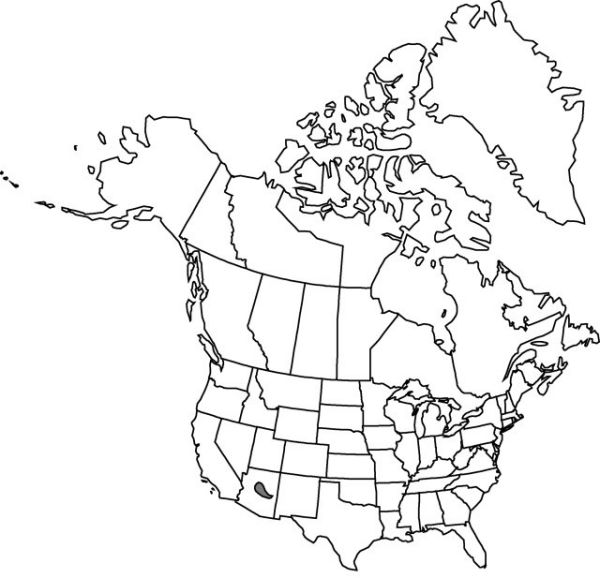Triteleia lemmoniae
Bull. Calif. Acad. Sci. 2: 141. 1886.
Common names: Lemmon’s triteleia Oak Creek triteleia
Endemic
Basionym: Brodiaea lemmoniae S. Watson Proc. Amer. Acad. Arts 20: 376. 1885 (as lemmonae)
Leaves 10–40 cm × 2–6 mm. Scape 8–30 cm, smooth or scabrous near base; bracts purplish. Flowers: perianth bright yellow to deep orange, fading to purple, 9–12 mm, tube turbinate, 2.5–3 mm, lobes ascending to slightly spreading, 7–9 mm, 2–3 times longer than tube; stamens attached at 1 level, equal; filaments linear, 3 mm, apical appendages absent; anthers yellow, 2 mm; ovary 3 times longer than stipe; pedicel 0.7–2.5 cm.
Phenology: Flowering spring–summer (late May–Aug).
Habitat: Yellow pine belts, mountains
Elevation: 1000–3000 m
Discussion
Triteleia lemmoniae is the only representative of the genus in Arizona. Molecular data suggest that it is related to T. montana, found in the Sierra Nevada of California (J. C. Pires 2000), and not to the morphologically similar T. hyacinthina (R. F. Hoover 1941).
Selected References
None.
Lower Taxa
None.
